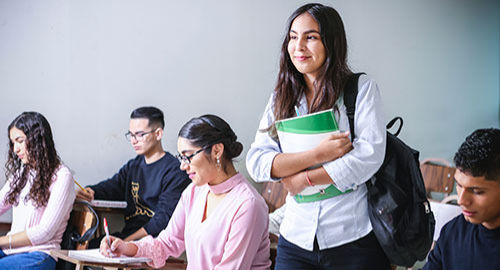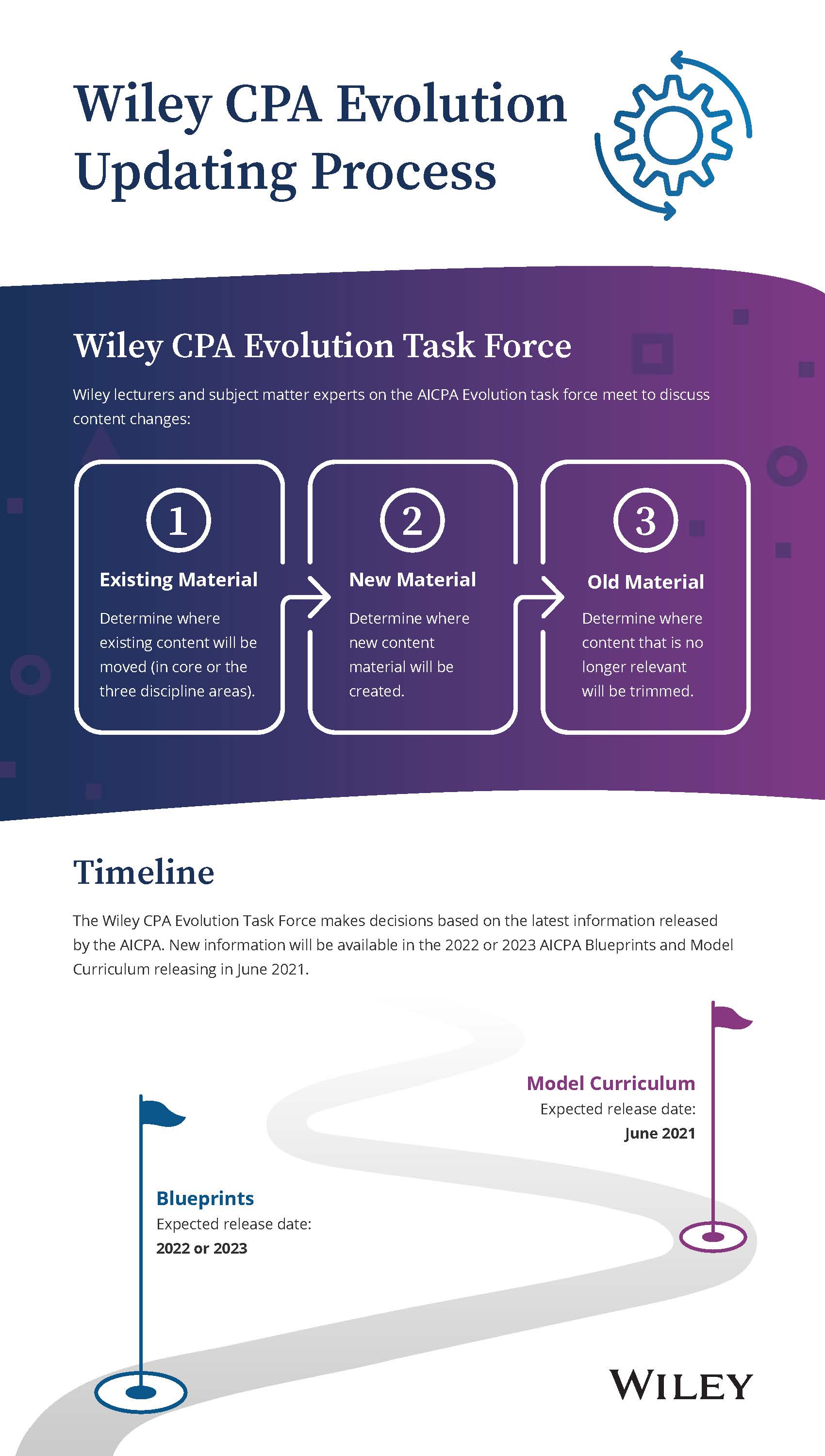4-easy-ways-to-keep-students-connected-this-fall
September 25, 2020
As courses continue to be remote, how do you keep distant learners engaged and connected to you, their peers, and the course content?
During the three-day, virtual event, “Wiley’s Wicked Summer Camp,” Paul Hanstedt, award-winning educator and author of Creating Wicked Students, explored the concept of “wicked problems.” He believes that today’s students will face wicked problems, which are dynamic and constantly shifting in nature, in their professional lives—and they need to be prepared to do so.
Hanstedt offers practical ways to help students learn how to solve “wicked problems” and keep them engaged in the process, especially during remote learning. Here’s how:
1. Turn your class into a community of learners.
Just like in any type of relationship, feelings of empathy and connection are important in the classroom for optimal growth and discovery. But the truth is: Your students don’t care to learn about what they don’t care about. One way to get them invested in their own learning is to make them feel like they belong to a community where they’re free to collaborate, bounce ideas off of each other, and look at problems from multiple angles alongside their peers.
You can achieve a collective synergy in your course by giving students multiple channels to connect with each other and with you. This can be in the form of a discussion board, chat functions, or interactive presentations. You can also ask your students to work together to identify some course “ground rules” like showing up to class on time, prepared, and having done the readings. There’s more buy-in when students hear how their peers expect the class to run, and this also helps build a community based on a shared value system.
2. Relate coursework to their (real) lives.
Instead of offering a syllabus of concepts or skills they’re expected to learn, Hanstedt suggests helping students internalize how your course goals are important to them. You can ask them the following questions: What do you hope to get out of this class? What goals would you set for yourself? How can/should current events in the broader world influence this course’s goals? Their answers will help you tailor course content to their needs and expectations.
You can also help students feel more invested in your course by having them write questions for their own exams. This approach will help them assess course material as they identify what’s relevant, what’s not, and the core areas they need to master. When they see the bigger picture of how your course applies to their lives, they’re more likely to take a greater interest and invest more time in learning.
3. Help them identify their personal goals.
When you ask students what type of goals they’d like to set for themselves, you get a better sense of how course content, group discussions, and assignments can support them. The question of their goals can lead to meaningful conversations about the importance of grades and degrees in the professional world and how your course is relative to their lives beyond graduation.
4. Emphasize the importance of group work.
Instead of simply demonstrating a problem and expecting students to follow along, let them work through the problem either independently or in groups. In this scenario, students will be more apt to challenge ideas, talk things out, and find multiple ways to solve the same problem. When you help students feel like they’re part of a team, they build the collaborative skills that make them not only more thoughtful, inquisitive students but also better employees who are able to work well with others to achieve a common goal.
For more tips, watch the “Creating Wicked Students” on-demand session.













